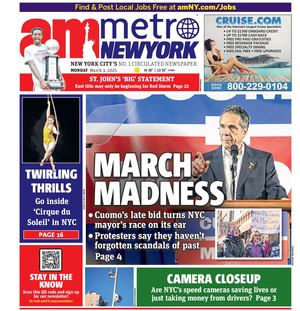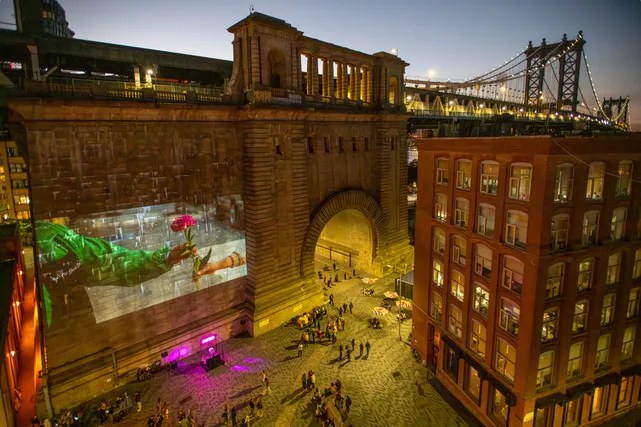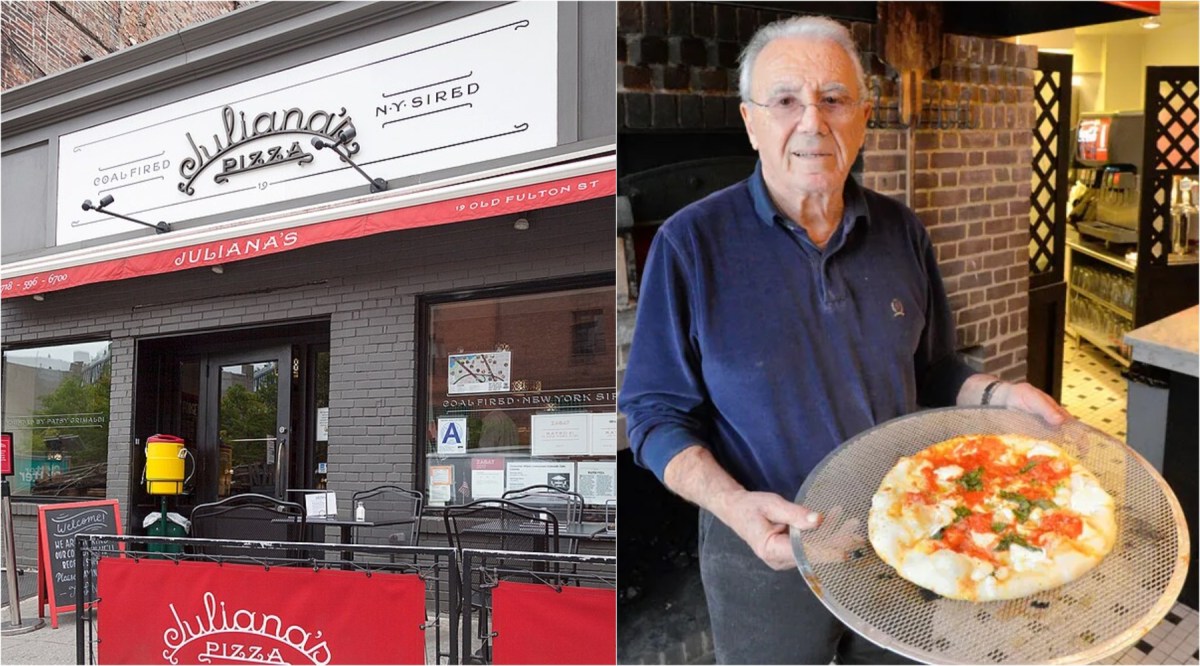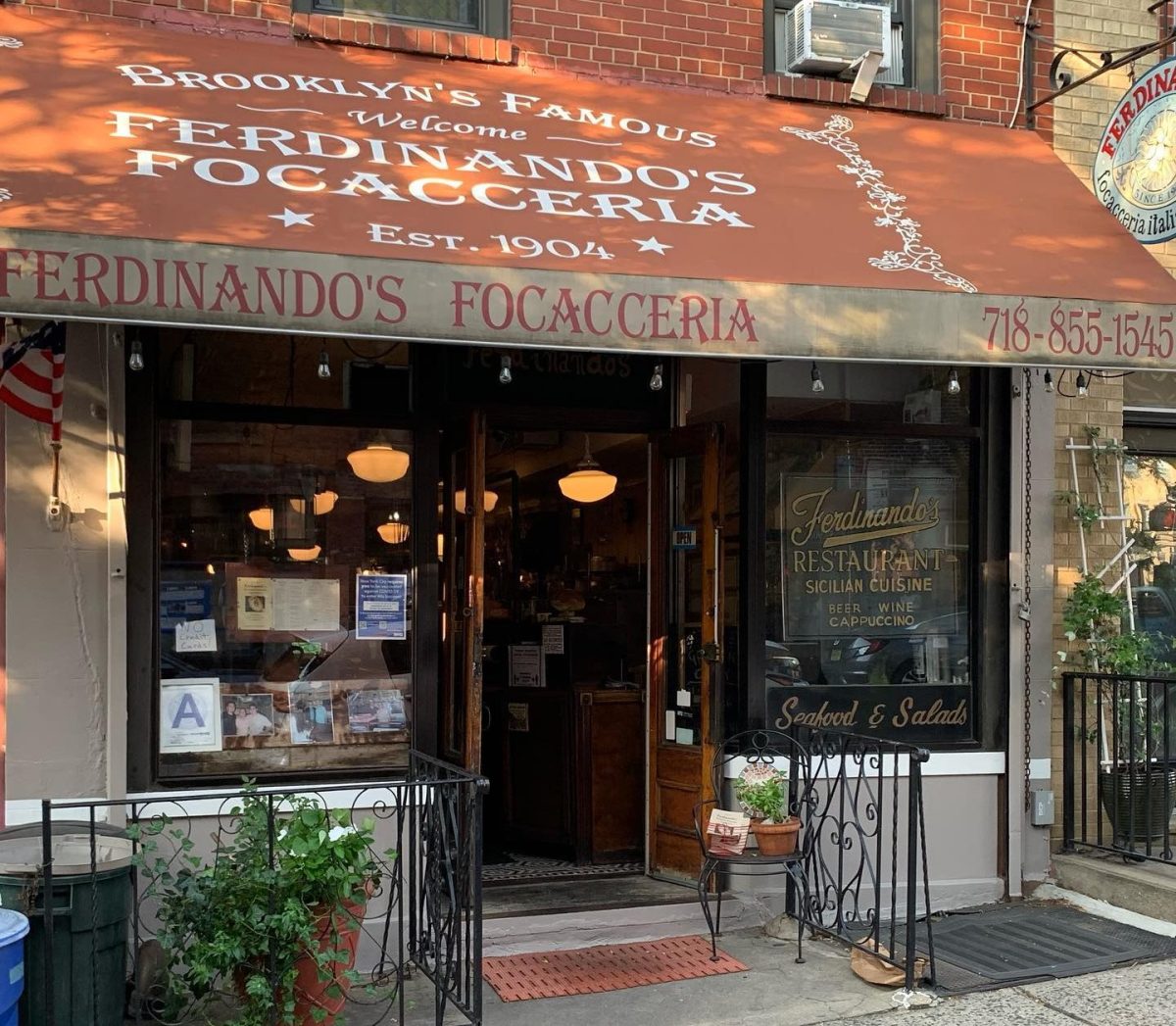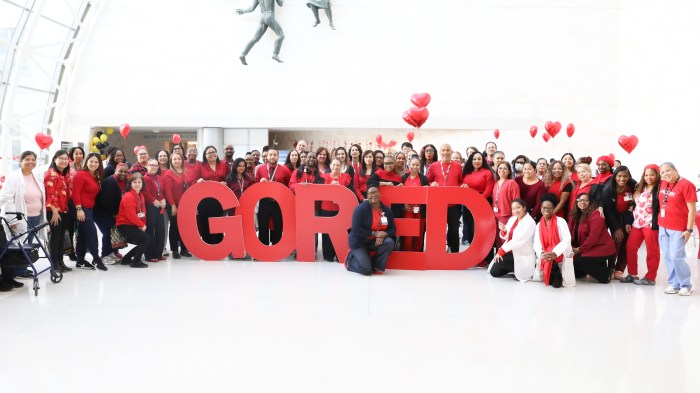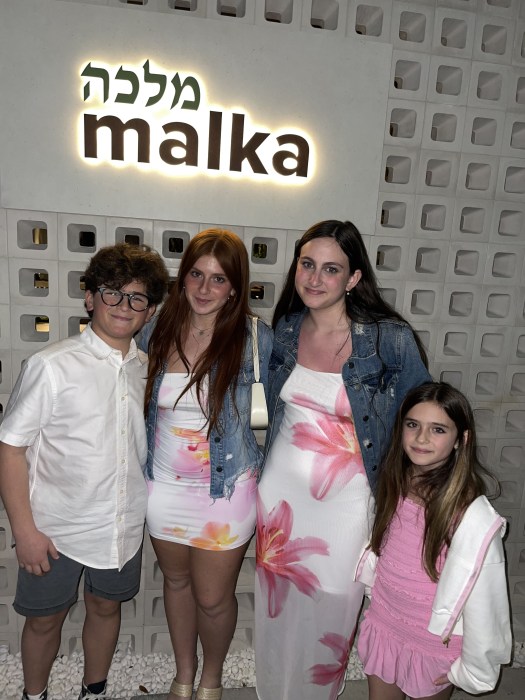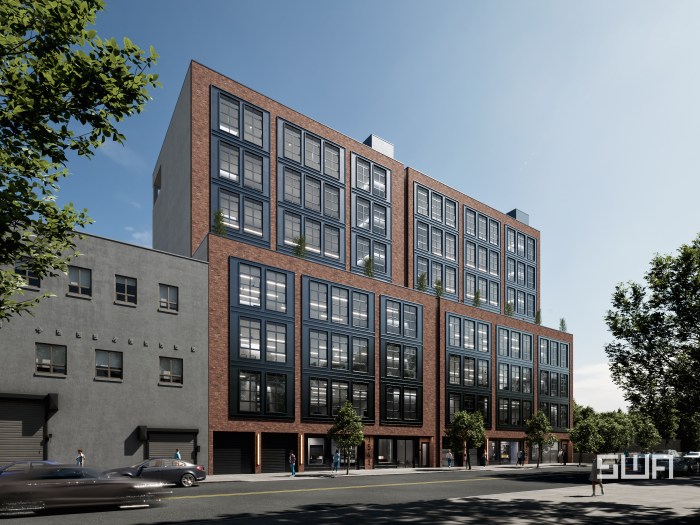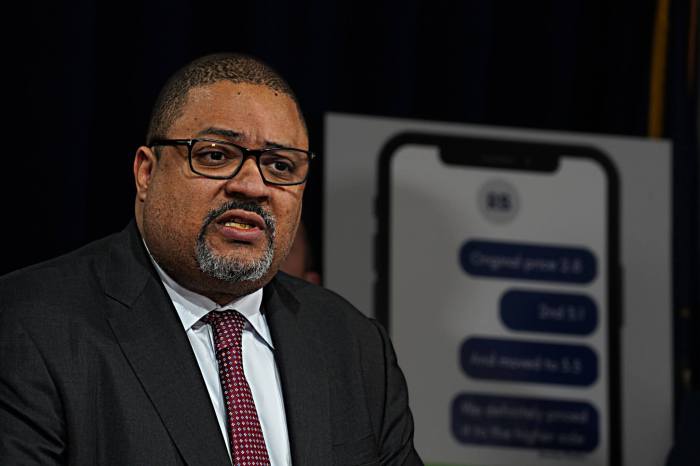
A lot of things have changed at the U.S. Open since Patrick McEnroe last competed as a player. The native New Yorker, who reached the quarterfinals here in 1995, is now at home in the commentary box, where he can often be found calling matches alongside big brother John McEnroe.
We recently dropped by the ESPN suite at Arthur Ashe Stadium, where Patrick, 53, shared with us the best spots to get a bite at the grounds, why the U.S. Open crowd is so excitable this year and the moment from the tournament so far that made him speechless.
On TV, the commentary box looks a little claustrophobic, but here at Arthur Ashe you’ve got a nice bit of space.
This is a great location here because it’s right behind the court. It’s very spacious, it’s open air, which I like, and it’s also in the middle. So it’s a very good vantage point from up here. So I would say this one is better. I mean, obviously we get the best one because we’re the host broadcasters. [Elsewhere] you just can’t move around as much. Have you ever seen the one in Wimbledon? You can’t stand up. It’s nice because we get this [lounge area] to kind of relax in here. And, obviously, we can have some friends and family hang out up here. This is by far the biggest — we don’t have anything like this in any of the other Grand Slams. The other ones, you’ve just got to go to the booth and that’s it.
ESPN puts out a decent spread backstage — where else around the grounds do you like to go eat?
Yeah, we go out on the ground. I like the Pat LaFrieda burger, that’s my favorite. … We’re lucky also that our ESPN runners can go into the player area to get food. And they have fresh sushi. They actually make it fresh so we can get some rolls. One of the biggest things that’s changed over the years for the players is the quality of food. You know, it used to be just a cafeteria. And now you get sushi, make your own pasta, fresh pizzas, unbelievable salads, gluten free, smoothie bar, espresso bar. It’s unbelievable.
What do the players get here these days that you’re envious about?
Well, the prize money’s nice. More money. [Laughs]. No, I think all the facilities have improved incredibly for the players. We have the gym, the area for the players to relax. I think the biggest thing is everything: The food is top notch, transportation is amazing for the players. They basically treat the players extremely well. They have a nursery, because a lot of players are older. So there’s even some female players that are moms, like Serena [Williams]. But there’s a lot of male players that are older and have families — Roger [Federer], one of the Brian brothers. There’s a haircut place right by the gym up in the player area. So all the players can go in anytime they want and get a haircut.
Out of all the greats that you share the commentary box with, who’s the most fun broadcast partner?
Well, obviously doing it with my brother John is great because that’s something I was always striving to do, because he’s at the top of the profession. I started out as more of a color person doing his same role, so over the years I wanted to learn to be more of a play-by-play person and have more versatility knowing it would just help me overall in my career, but also maybe I could do it with my brother at a big event. So, that’s been awesome. The truth is, I love working with everyone on the team. You know, everybody’s different. But the strength of our ESPN team is that everyone works together.
We hear commentators come out with some pretty quirky one-liners sometimes. Do you brainstorm those, or is it off the cuff?
Well I can only speak for myself — it’s off the cuff. Totally off the cuff. That’s always the way I’ve tried to do it. You know, some people are different, some people maybe write notes or are a little more scripted in some things they want to say. I’ve always been most comfortable doing it off the cuff and reacting to what I see. Because every match is different. So even if it’s two great players that you know inside out — Federer and [Rafael] Nadal, the great thing about tennis is it’s always going to be different. It’s always going to happen in front of you. So while it’s always good to have some things, you think about some points you like to make in a particular match, but I think the most important thing is to react to what you see because that’s what the people are seeing. You’re going to react to what’s going on in the court.
Between Cocomania and Daniil Medvedev’s antics with the crowd, do you think this year’s Open is rowdier than previous years?
I think that it’s definitely a lot of buzz this year. I’m not going to say rowdier, but the New York crowd is definitely the rowdiest of all the Grand Slams. I would say that there’s a lot of buzz, obviously, with Serena coming back after what she went through last year. Certainly Coco Gauff’s story has been huge for the whole tournament. There’s quite a few good stories of young Americans who are doing well.
Has there been a moment while commentating that has made you speechless?
One of them was [Saturday] night. When [Naomi] Osaka went over to Coco, and then after the [emotional joint] interview. We call it "lay out" and you let the pictures speak for themselves. You don’t say anything. Because you have to let it be about that. So, I think that’s the most important thing for the commentator, is to know when to “lay out.”
Your wife Melissa Errico made headlines last week when she helped save a person who had fallen on the subway tracks. What went through your head when you heard about that?
I’ve seen her do that before. [He shares an incident in which Errico pulled a driver from a car crash near their home in Bronxville a few years ago.] She’s always been unbelievable in a crisis.
